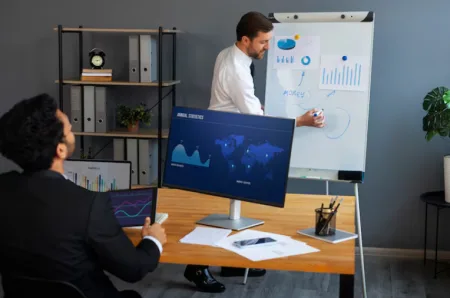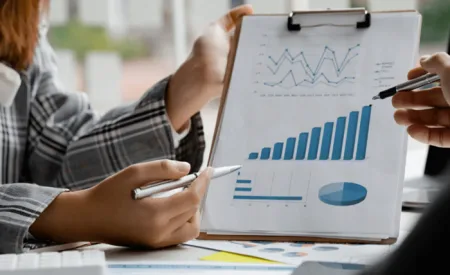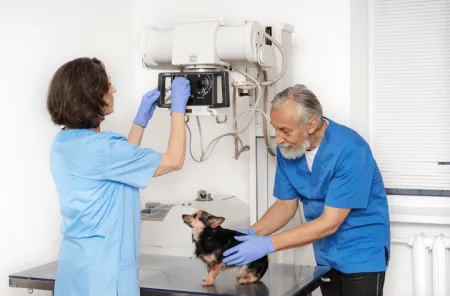Solar inverters are an essential component of solar technology as they convert DC to AC. In simple terms, the raw energy is converted to usable electricity that is harnessed and accumulated as a result of direct exposure to the sun. But like any other forms of technology, solar inverters are susceptible to the normal wear and tear that would require you to perform regular maintenance in order for the entirety of the solar structure to provide you with the advantages for a very long time. In this article, I will share with you details on the expected lifespan of inverters and other information on how you can lengthen their useful life.
How Long do Solar Inverters Last?
In general, solar equipment as a whole can last up to 25 years to 30 years including the solar inverters, set of batteries, power pack, and solar panels. In addition, the brand of the solar inverter affects its lifespan. Credible brands can indeed have a useful life of at least 25 years to a maximum of 30 years or more while subpar brands will go far less than the expected lifespan as suggested by experts. Therefore, it is best that you do your research on the brand you are prospecting before you commit to buying them. Aside from the apparent solar system price, you also have to take into consideration the quality and specifications of the solar inverter.
Internal Factors that Affects the Useful Life of the Solar Inverters
- Overconsumption electrical currents
- Ultrasonic vibrations that come from the induction boards
- Under and overproduction of voltage
Solar inverters are subject to electro-mechanical factors and fluctuations in temperature that put a certain level of stress on the circuit boards of the said piece of equipment. Inverters are designed to withstand high-intensity vibrations and temperatures. And you can tell that normal wear and tear has taken its toll when the circuits have suddenly malfunctioned due to the said factors.
Furthermore, you have to bear in mind that there are two popular types of solar inverters which include string inverters and microinverters. String inverters are typically powered by at least between 5 to 10 solar panels, while microinverters are operated by solar panels less than the suggested number of pans. Nevertheless, the expected lifespan is still the same and they only differ when it comes to the average warranty. For example, string inverter brands usually offer 8 to 12 years regardless of its expected useful life, while microinverters can last up to a minimum of 25 years.
External Factors that Affects the Useful Life of the Solar Inverters
Aside from the internal mechanisms, external factors may also determine the expected lifespan of the solar inverters which includes the following—
- Exposure to the elements like rain, dust, and high-speed wind
- How often they are properly maintained
Tips to Maintain Solar Inverters
Maintenance is everything when it comes to prolonging the useful life of solar inverters. Either way, maintaining solar inverters is relatively straightforward which includes the guidelines below—
- Install the solar inverters in a cool room temperature
- Clean the filters as frequently as possible
- Be aware of error codes that cause the solar inverter to malfunction
- Utilize a solar monitoring app if the equipment comes with such a technology
Final Thoughts
I hope that the article that was prepared for today has provided you with the answers you need about the depreciation period of solar inverters. In summary, a complete set of solar equipment can last you an expected useful life of between 25 years to 30 years regardless of the internal mechanisms such as vibrations and fluctuations in temperatures. On the other hand, external factors that affect the performance of solar inverters include regular maintenance and constant exposure to the elements like dust, rain, and wind.




